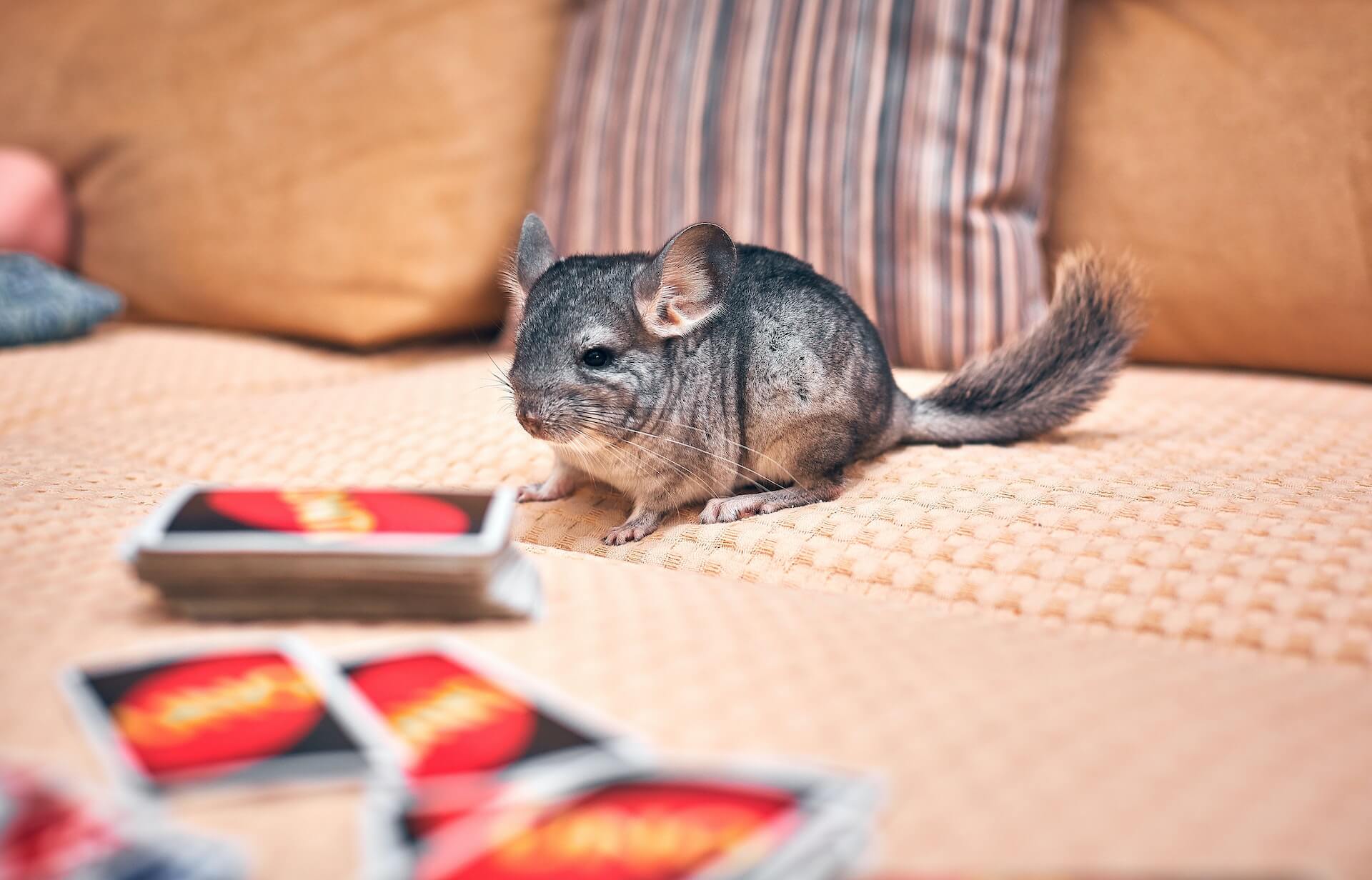Chinchillas are known for their luxurious, soft fur and their meticulous grooming habits. These small, adorable rodents require specific care when it comes to maintaining their fur and overall cleanliness. In the wild, chinchillas bathe in volcanic ash to remove excess oils and dirt from their fur. As a chinchilla owner, you can replicate this natural behavior through dust baths and other grooming techniques to keep your pet happy and healthy. In this guide, we’ll explore the importance of chinchilla grooming and how to care for your furry friend’s coat.
The Importance of Grooming for Chinchillas
Grooming is essential for chinchillas for several reasons:
- Fur Health: Chinchillas have dense fur that can trap moisture and become matted. Regular grooming helps maintain their fur’s integrity and keeps it clean and dry.
- Hygiene: Grooming removes oils, dust, and debris from the fur. This helps prevent skin issues and fungal infections.
- Behavioral Enrichment: Grooming behaviors, like dust baths, provide mental and physical stimulation for chinchillas. It’s a natural and enjoyable activity for them.
Dust Baths for Chinchillas
Dust baths are a cornerstone of chinchilla grooming. Chinchillas should have access to a dust bath container several times a week. Here’s how to provide a dust bath for your chinchilla:
1. Choose the Right Dust
Use special chinchilla dust or volcanic ash dust designed for chinchillas. Do not use regular sand, as it won’t effectively clean their fur.
2. Select a Dust Bath Container
Use a sturdy container, such as a metal or ceramic dish. Ensure it’s large enough for your chinchilla to roll around in comfortably.
3. Offer Dust Sparingly
Place a small amount of dust (about 1/4 inch deep) in the container. Chinchillas don’t need a lot of dust, and too much can be harmful to their respiratory system.
4. Supervise the Bath
Place the container in your chinchilla’s cage for about 10-15 minutes. Supervise the bath to ensure your pet doesn’t ingest excessive dust.
5. Store the Dust Bath
Remove the dust bath container after use to prevent your chinchilla from soiling it. Store the dust in a cool, dry place for future use.
6. Frequency
Offer a dust bath 2-3 times a week. Avoid daily baths, as excessive dust baths can dry out the skin.
Brushing Your Chinchilla
In addition to dust baths, brushing your chinchilla’s fur can help maintain its health and appearance. Here are some tips for brushing your chinchilla:
- Use a soft-bristle brush designed for small animals.
- Gently brush your chinchilla’s fur in the direction of hair growth.
- Be cautious around the delicate underbelly and tail area.
- Brushing can be done once a week or as needed to remove loose fur and prevent matting.
Other Grooming Considerations
Aside from dust baths and brushing, here are some additional grooming considerations for your chinchilla:
1. Nail Trimming
Regularly check and trim your chinchilla’s nails to prevent overgrowth, which can lead to discomfort and health issues.
2. Dental Health
Chinchillas have continuously growing teeth. Provide appropriate chew toys and monitor their dental health. Consult a veterinarian if you suspect dental issues.
3. Bathing for Health Issues
In some cases, you may need to give your chinchilla a bath with water, but this should only be done under the guidance of a veterinarian and for specific health reasons.
4. Hygiene Cage Maintenance
Keep your chinchilla’s cage clean by removing droppings, uneaten food, and soiled bedding regularly. A clean environment is crucial for their overall health.
Conclusion: Happy and Healthy Chinchillas

Chinchilla grooming is an important aspect of caring for these adorable pets. Providing dust baths, occasional brushing, and attending to their other grooming needs helps maintain their fur health and overall well-being. It also allows them to engage in natural behaviors that contribute to their physical and mental enrichment.
Remember that every chinchilla is unique, and their grooming requirements may vary. Pay attention to your chinchilla’s specific needs and preferences, and consult with a veterinarian experienced in chinchilla care for any concerns or health issues. With proper grooming and care, your chinchilla can enjoy a long and happy life as a cherished member of your family.


